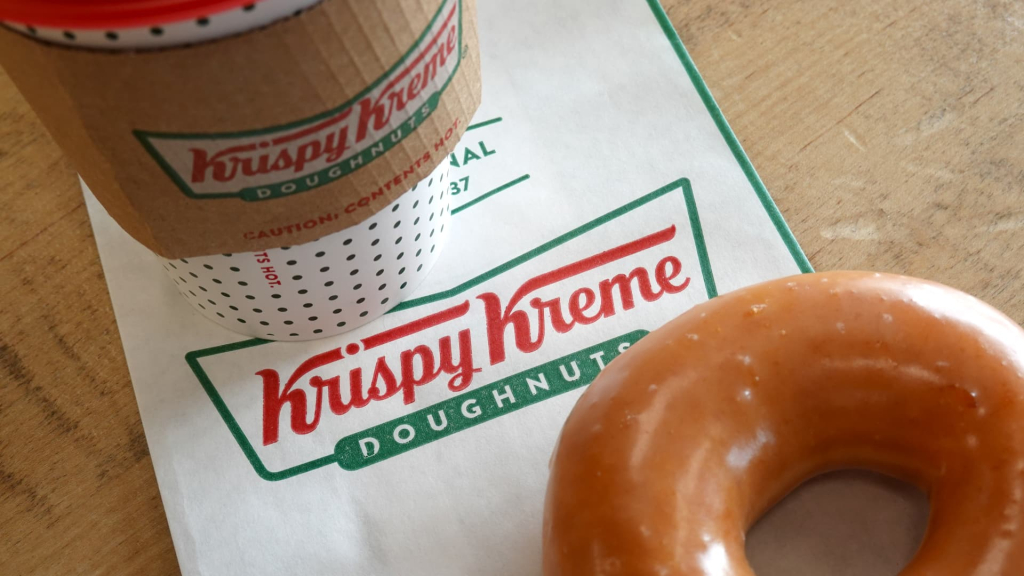Krispy Kreme experienced a dramatic decline in its stock price, falling 24% on Thursday morning. This sharp drop coincided with the doughnut company’s announcement that it is currently “reassessing” its partnership rollout with McDonald’s and has retracted its full-year forecasts, attributing some of this decision to economic “softness.”
The chain has decided to halt the introduction of its doughnuts in additional McDonald’s locations during the second quarter, effectively pausing a nationwide expansion. As of March 30, Krispy Kreme products were available at over 2,400 of McDonald’s nearly 13,500 U.S. outlets.
“I remain confident in the long-term national opportunity, but we need to work together with them to identify levers to improve sales,” stated Krispy Kreme CEO Josh Charlesworth.
The company’s stock has plummeted more than 70% over the past year, resulting in a market valuation that has fallen to under $600 million. Following the announcements, Truist lowered its rating on Krispy Kreme from buy to hold.
“We are shocked by the speed at which the story fell apart,” remarked Truist analyst Bill Chappell. He expressed doubts about management’s earlier strategy and execution, suggesting it might take some time for confidence to be restored among investors.
The ambitious agreement to feature Krispy Kreme doughnuts in all McDonald’s U.S. locations by 2026 was established over a year ago, with a rollout commencing approximately six months back.
Despite promising beginnings, Krispy Kreme executives reported that sales had fallen short of expectations, leading to reassessment of the partnership.
As economic concerns linger and the possibility of a recession looms, consumer spending at restaurants has seen a decline. Notably, McDonald’s reported a 3.6% drop in U.S. same-store sales during the first quarter. CEO Chris Kempczinski pointed out that the fast-food industry is witnessing a reduction in foot traffic, particularly among middle- and low-income consumers.
For Krispy Kreme, profitability has emerged as a crucial factor driving the decision to slow down the McDonald’s rollout.
“We observed that after the initial marketing launch, demand fell below our expectations, necessitating intervention to achieve sustainable, profitable growth,” Charlesworth explained during a conference call with analysts.
“We are collaborating with McDonald’s to boost sales by enhancing demand and reducing costs through operational simplification,” he added. “Concurrently, we are reevaluating our deployment schedule in partnership with McDonald’s as we seek to establish a profitable business model for all involved.”
Krispy Kreme reported a net loss of $33 million for the quarter ending March 30.
The company has been investing in rapid capacity expansion to meet supply demands of all McDonald’s outlets, a move that has negatively impacted its profits. Over the past year, Krispy Kreme has posted three consecutive quarters of net losses.
Utilizing a “hub and spoke” model, Krispy Kreme efficiently produces and distributes its doughnuts. This system employs production hubs—either stores or manufacturing facilities—sending freshly baked goods daily to various retail locations such as grocery stores and gas stations. To bolster its profitability, Krispy Kreme is considering closing up to 10% of its unprofitable U.S. locations.
Additionally, the company has withdrawn its 2025 financial outlook, citing “macroeconomic softness” and uncertainties surrounding its partnership with McDonald’s.


























